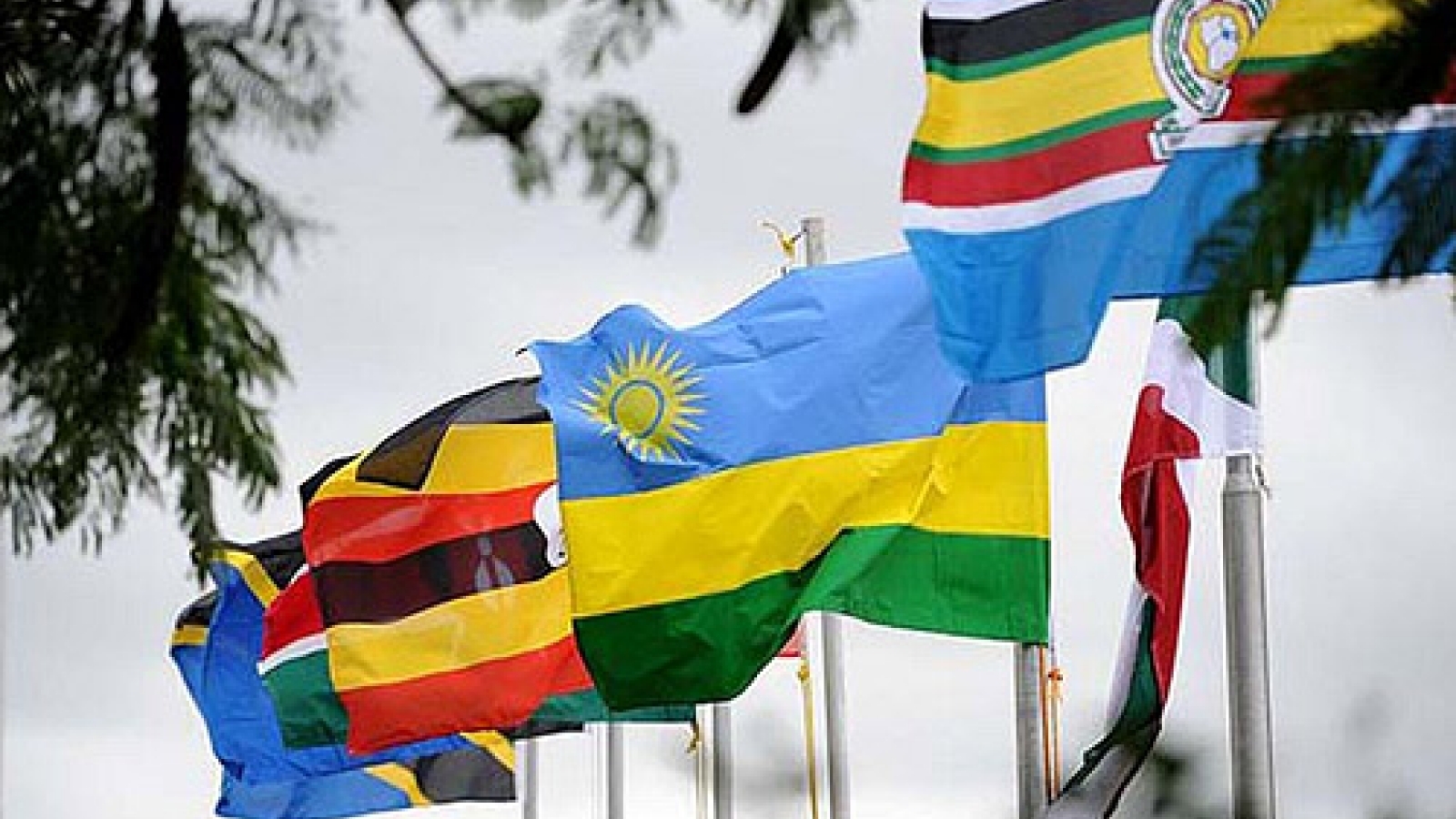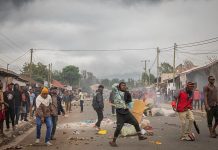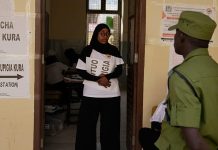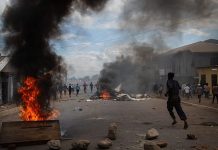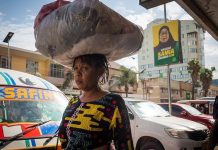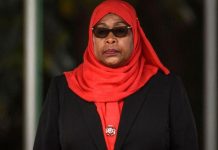Author: DEUS NGOWI
AfricaPress-Tanzania: PRESIDENT John Magufuli’s fifth-phase government has set an indelible mark in enforcing East African Community (EAC) integration agenda, specifically on easing trade transactions across the borders.
As his government winds up business to pave way for the General Election, slated for October this year, the mark left behind is unequivocal and if come five years of the second term, it would mean to segment the feats, for the benefit of individuals and the six regional States economically.
The interest of galvanising the main pillars of integration in areas of cross-border trade, customs union, common market, monetary union and political federation was shown early, just after assuming the highest office, and he and his government has all along walked the talk, insisting on industrialisation as a strategy to move the region from poverty.
That has since paid handsomely as the country has moved from its previous status and become a middle-income country, a goal that has been achieved five years ahead of the country’s schedule.
Last year, Tanzania recorded an economic growth of seven per cent, making it one of the fastest growing economies in Africa.
Addressing the East African Legislative Assembly (EALA) on April 24th, 2018, Dr Magufuli rallied for industrialisation, home-grown solutions, and infrastructural development of the region saying it held the key for the transformation of Tanzania and the entire region.
In his remarks, President Magufuli said the time had come for the region to think big and beyond parochial issues, urging the regional Assembly to take a central role in ensuring the full integration and development of the EAC was realised.
Some of the noted issues were the fact that the region was resource rich but the citizens were yet to benefit and called for removal of barriers, injustices, imminent suspicions and fears of the region.
“Let me take the opportunity to make the clarion call to EALA today, to rise up to the occasion and be a people’s Assembly that is truly-centred on addressing their problems. We are totally and fully behind the integration process and we shall fast-track decisions we take for the benefit of the regions.
“Look at the Republic of South Sudan, it has loads of oil. The United Republic of Tanzania on its part has various natural resources, including livestock, forests and minerals among others. We as a region are rich – but we do not feel the trickle-down effect. Why? The region should add value by processing raw materials to the end, in order to create employment and build stronger, efficient and better economies,” said Dr Magufuli.
He cited infrastructural developments and revitalisation of the energy sector as key ingredients to speeding the much-sought transformation.
Indeed, Dr Magufuli has since implemented a lot of reforms in different sectors, with each region setting up industries, while in the power sector he initiated the biggest electricity production project – Julius Nyerere Hydropower Station that will make the country and region have excess power. Thousands of jobs have been created with the project in the Coast region.
The President remarked that the region was on the verge of removing all Non-Tariff Barriers (NTB) to further boost volume of trade and called for strengthening of the integration process further.
President Magufuli, his Ugandan counterpart, Mr Yoweri Museveni and the EAC Secretary General, Ambassador Liberat Mfumukeko, in November 2017 officially launched the Mutukula One Stop Border Post (OSBP), located on the Uganda/Tanzania border.
The OSBP investment includes office buildings, roads and parking yards, cargo verification bays, scanner sheds, passenger sheds, targeting booths, warehouses and canopies, ICT networks and hardware, furniture and institutional support to the border agencies.
One Stop Border Post ensures effective border control mechanisms are in place to boost trade by cutting the time taken to clear goods between the two Partner States, thus contributing to a reduction in transport cost, whilst increasing volumes of transshipment cargo through the Central Corridor.
The OSBP arrangement brings together under one roof, all the government agencies performing border crossing controls procedures, doing away with the need for motorised traffic and persons to undergo clearance twice at both sides of the border.
The arrangement expedites movement, release and clearance of goods and persons across borders, by streamlining border procedures, automation of the border processes and simplification of trade documents.
President Magufuli said that since time immemorial, Mutukula has been and remains an important node of Tanzania and Uganda. Its importance goes beyond the residents of the two countries, saying that he understood that over 400 World Food Program (WFP) trucks carrying food aid for refugees go through the place, so the faster clearance is benefiting not only traders but also persons in need.
In December 2018, the president and his Kenyan counterpart, Mr Uhuru Kenyatta commissioned the Namanga OSBP and directed border agencies to facilitate small traders by allowing them to operate freely across the borders instead of using threats to demand bribes from them.
He pointed to a major obstacle to cross border trade in Africa as lack of trade facilitation, citing numerous delays at the ports, national borders and checkpoints on the roads. He cited a World Bank report that indicates that lack of trade facilitation increases the costs of doing business in Africa by 75 per cent, hindering intra-continental trade making it lag behind other continents on the parameter.
Dr Magufuli said that the EAC had embarked on the construction of 15 OSBPs across the region to promote intra-regional trade and operationalisation came with benefits especially for travellers, tourists and traders by reducing the amount of time they spent at the border.
It saw revenues on the Tanzanian side rise from 3bn/- to 4.8bn/- 2017/2018 and was projected to increase to 5.8bn/- in the following year and that OSBP are a catalyst for trade. He called for increased investment and trade between the two countries with people who share a common history, cultures and languages.
The EAC OSBP are Gasenyi/Nemba, Ruhwa, Rusumo, Holili/Taveta, Kagitumba/Mirama Hills, Mutukula, Kabanga/Kobero, Malaba, Busia and Namanga. Others are Lunga Lunga/Horohoro and Isebania/Sirare Katuna/Katuna, Kanyaru/Akanyaru and Mugina Mannyovu, Elegu/Nimule, Tunduma/Nakonde (Tanzania/Zambia) and Moyale.


